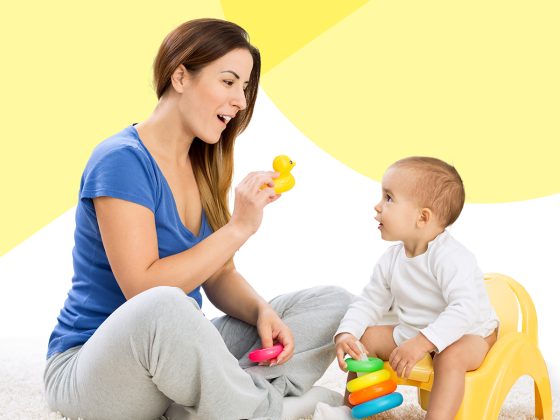
We Are Flexible
Flexible thinking helps children adapt to changes and reframe challenges as opportunities.
It can be frustrating when things don’t go as planned, or when plans change, or when long-term plans simply can’t be made. One thing that can help us navigate changes with ease is to think flexibly.
Flexible thinking is one of the main cognitive skills that children need in order to manage their thoughts, feelings, and actions. Flexible thinking helps us adapt to new or unexpected situations. It can also help us solve problems, get along with others, and think about things in new ways. When it comes to our back-to-school adventure, flexibility will be especially important!
Fortunately, there are lots of playful ways to build flexible thinking skills. Consider these ideas:
More ways than one.
Sometimes children might get stuck, thinking there’s only one way to solve a problem. Remind kids that sometimes there are many ways to accomplish a task.
- Role Model. As you go about your day, narrate what you’re doing using phrases like first, then, and next. If you can, talk about alternate choices you can make. For instance, “I’m making our sandwiches for lunch! I usually use the orange cheese, but today I’m going to use the white cheese. I think both sound very yummy.”
- What if…? When reading or watching a show together, ask children if they can imagine a different storyline or alternate ending. What if Andre had done something different? What do you think would happen? Engaging kids’ imaginations will help them think creatively about real-world situations too.
- Change the rules. Keep kids on their toes by changing up the rules to their favorite game. Instead of Duck, Duck, Goose! play Frog, Frog, Rabbit! Instead of regular tag, play freeze tag. Instead of running to first base, challenge kids to skip!
Adventure together.
One way to get used to change is to seek new experiences often. Together, make a list of new things you’d like to try. For example, you could try a new food, a different hairstyle, going on a hike, or skipping instead of walking. Then, schedule time to try them! Can you try one new thing each week? What about each day? By the end of a year, you’ll have a mountain of memories together and some great flexible thinking skills.
What else could it be?
Part of flexible thinking involves being able to see things in a new way. Gather a few items from around your house, such as a paper towel tube, a funnel, or a whisk. Ask your child, “What else could it be?” Invite them to use their imagination and think of as many things as possible! Try the same activity when coloring together. Draw a simple shape such as a triangle, square, or circle. A circle could be a cookie, a flying saucer, a wheel, or a bubble!
Boost the whole brain.
Flexible thinking is most effective when its paired with other cognitive skills—namely working memory and self-control. Build these skills too with playful activities such as finding hidden objects, matching cards in a memory game, repeating the rules to a game or steps to a recipe, and playing Simon Says. To boost self-control, encourage kids listen with their whole bodies. Remind children that to listen they need a quiet voice, a calm body, watching eyes, and listening ears. Waiting helps build cognitive skills too. While waiting, kids can use positive “self-talk.” They could say to themselves, “Control yourself and your body.” Or “Remember what to do.”
Practice Breathe, Think, Do.
Breathe, Think, Do (or BTD) is our tried-and-true problem solving strategy here on Sesame Street. And the second step, think, helps kids practice flexible thinking! When kids (or grown-ups) face a problem, follow the three steps:
- First, help kids calm down by placing their hands on their bellies and taking three slow, deep breaths.
- Next, help children understand their problem and think about a plan to solve it. Help kids come up with a few different plans for solving the problem.
- Finally, encourage kids to choose a plan and try it out. Remind kids that learning new things (or overcoming challenges) takes practice. It’s not that they can’t do it; it’s that they can’t do it yet.

Good Questions (and Answers) About Covid-19 Vaccines
Common questions children ask about vaccines, and possible answers.
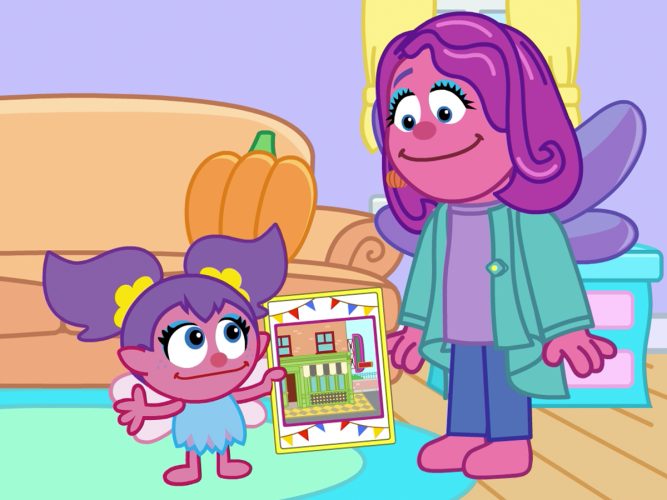
Hooper’s Store Reopens
As communities open up, together we can adjust to a new way of doing things—while keeping everyone safe.
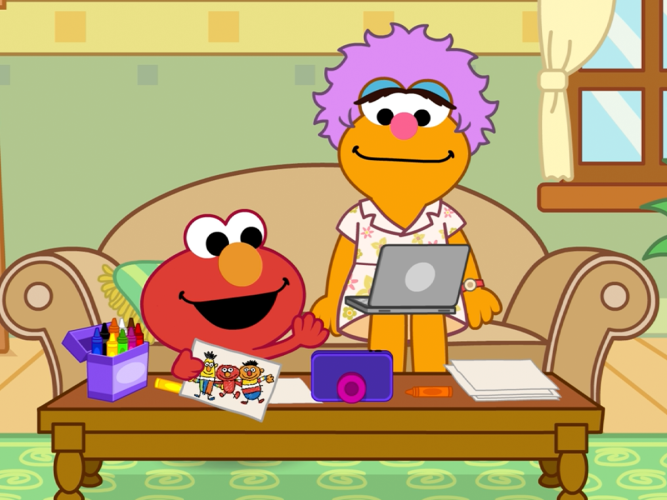
When Children Miss Their Friends
There are ways to stay connected with people we love...safely.
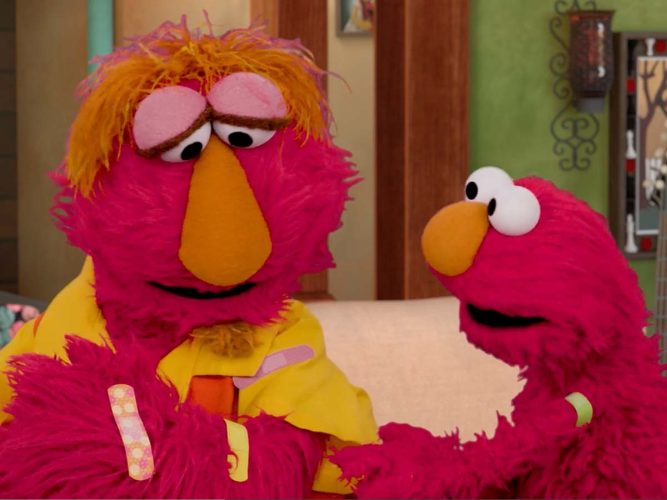
Elmo Gets the Covid-19 Vaccine
Elmo and Louie share their experience with the COVID-19 vaccine.
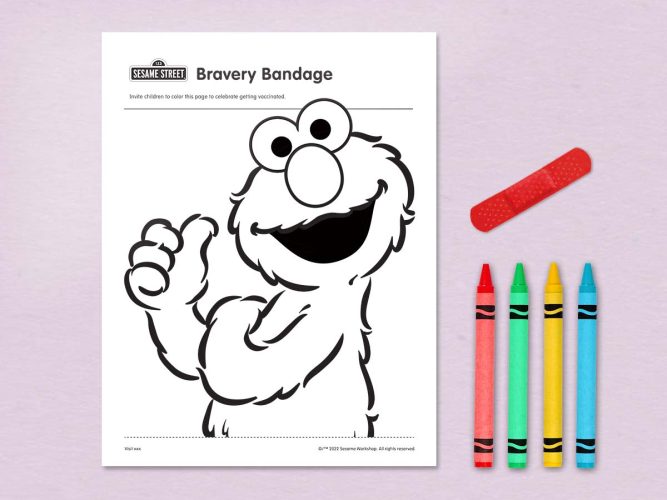
Elmo’s Bravery Bandage
A coloring page to help celebrate a child’s bravery when getting a shot.
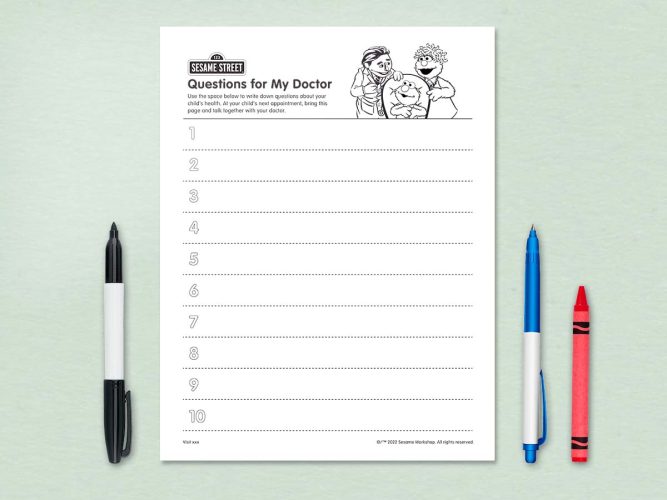
Questions for My Doctor
A place for parents and children to list questions for their doctor.
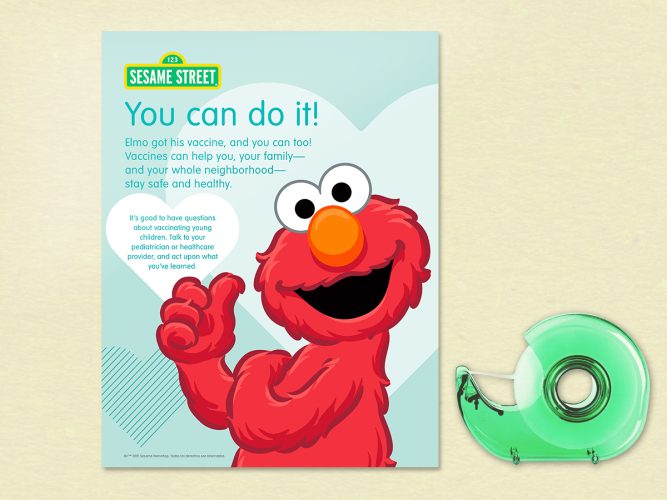
You Can Do It! Poster
A poster for providers to display to encourage families to get their young children vaccinated.
